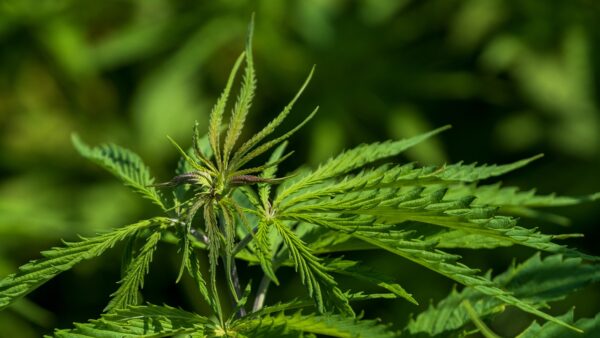Plants adapt genetically over time to the special conditions of organic farming. This has been demonstrated in a long-term study conducted at the University of Bonn, according to a press release.
Barley plants were cultivated in two adjacent fields by the researchers, employing conventional farming practices in one and organic methods in the other. Throughout a span exceeding 20 years, the organic barley underwent enrichment with distinct genetic traits divergent from those of the control group. Among the findings, it highlights the significance of cultivating varieties tailored specifically for organic agricultural practices. These outcomes have been recently disseminated in the journal Agronomy for Sustainable Development.
In the late 1990s, Prof. Dr. Jens Léon initiated an enduring experiment at the University of Bonn, foreseeing its extensive duration. His research team aimed to delve into the impact of farming conditions on plant genetic material. To achieve this objective, they conducted a comprehensive long-term investigation spanning 23 years at the Institute of Crop Science and Resource Conservation (INRES).
“We first crossed high-yield barley with a wild form to increase genetic variation,” says Léon. “We then planted these populations on two neighboring fields so that the barley grew in the same soil and under the same climatic conditions.”
The only difference was the farming approach. In one field, conventional farming practices prevailed, involving pesticide application against pests, chemical herbicides for weed control, and mineral fertilizers to bolster nutrient availability. Conversely, a more ecologically friendly strategy was adopted in the other field, eschewing pesticides, employing mechanical weed control methods, and enriching the soil with stable manure. Each autumn, a portion of the grains was retained for sowing the subsequent spring – utilizing organic grains on the organic field and barley cultivated under conventional conditions on the comparative field.
“We didn’t choose the grains based on any particular characteristics, however, but simply selected a small part of the harvest at random,” emphasizes Léon’s colleague Dr. Michael Schneider.
Analyzing Genome Development in Time-lapse
Additionally, the researchers conducted annual genome analyses of plants cultivated using conventional and organic methods. Genes manifest in various forms known as alleles. For instance, the human gene governing eye color presents as “brown” or “blue” alleles. The prevalence of specific alleles within a population can evolve across generations. Environmental factors contribute to this phenomenon: Alleles conducive to plant adaptation to prevailing conditions tend to proliferate over time.
The release notes that researchers identified two interesting trends in their genetic tests: In the first twelve years, the allele frequency in the barley changed in the same way on both fields.
“Our interpretation of this finding is that the very diverse populations caused by a cross with wild barley were adapting to the local conditions,” says Dr. Agim Ballvora, who also participated in the study. “After all, factors such as the climate, soil and especially length of day were identical for both populations.”
However, the allele frequencies of both cultures diverged increasingly in subsequent years. In particular, the barley grown using organic farming methods developed gene variants that were less sensitive to a nutrient deficit or lack of water – i.e., alleles that influenced the structure of the roots.
“One reason for this is presumably the strong variations in the availability of nutrients in organic farming,” says Léon.
Genetic Heterogeneity Facilitates the Adaptation Process
The conventionally farmed barley also became more genetically uniform over time, meaning that the genetic material in the individual plants grown on the field became more and more similar from year to year. However, the organic barley remained more heterogeneous. The allele frequencies of the organic culture also varied more widely over time. This resulted in some years being extremely favorable or unfavorable for some alleles. This could be because the environmental conditions fluctuate much more in organic farming than with conventional framing methods: If certain plant diseases take hold in one year, for example, the plants will rely most on those alleles that will protect them. The variability of the environmental forces acting on the plants seems to lead to greater genetic heterogeneity.
“As a result, the plants are better able to adapt to these types of changes,” says Léon.
Overall, the results demonstrate the importance of cultivating varieties optimized for organic farming, the release states.. As their genetic makeup has adapted to these conditions, they will be more robust and deliver higher yields. “Furthermore, it seems to make sense when cultivating plants to cross breed them with older or even wild varieties,” explains Léon. “Our data also indicate that this could even benefit conventional high-yield varieties.”
Funding: The study was funded by the German Research Foundation (DFG).










